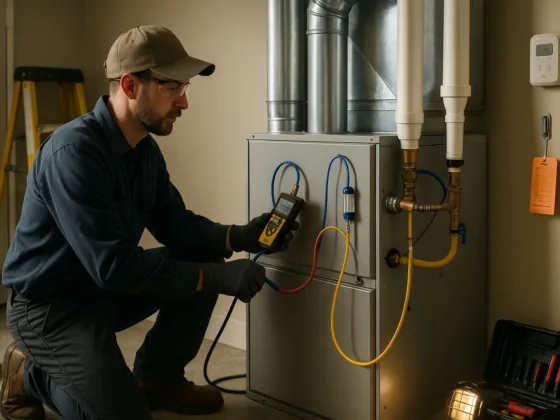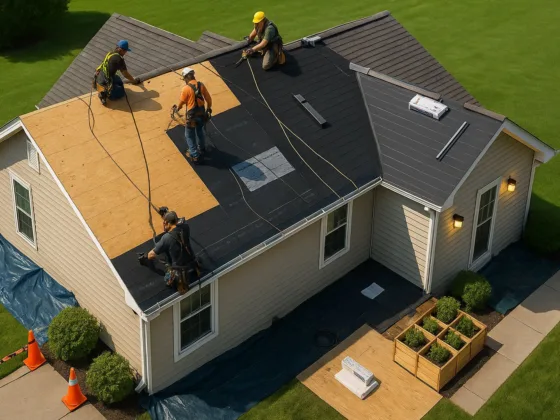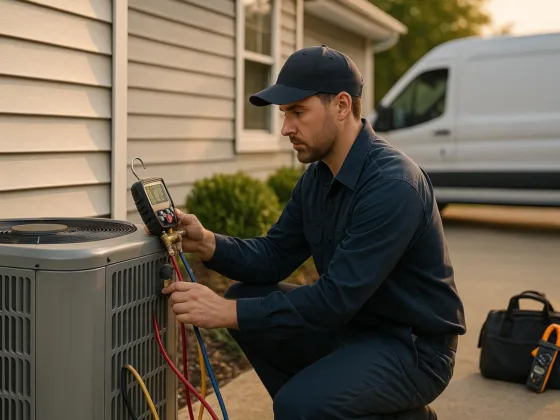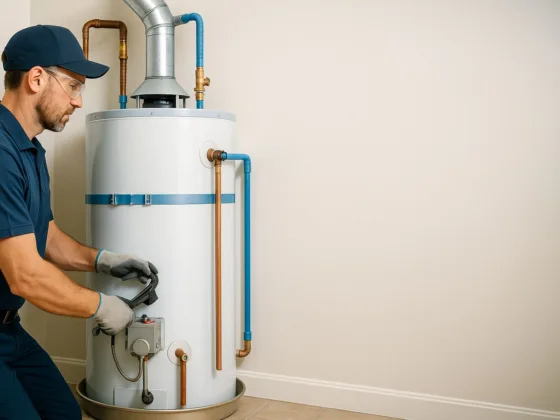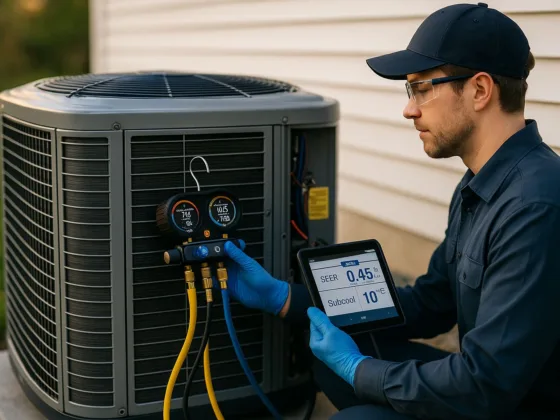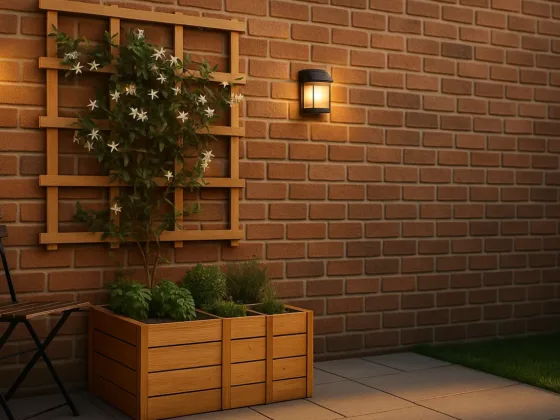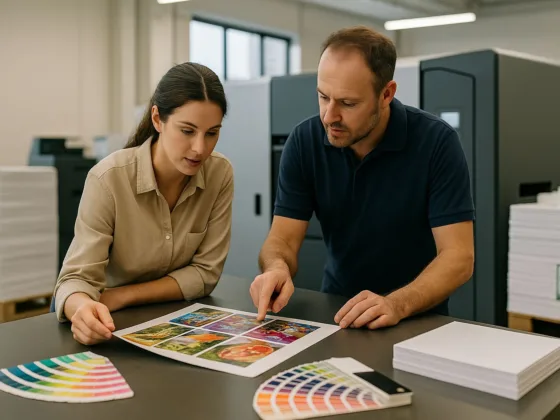Air conditioners are designed to create a completely healthy microclimate or to provide the necessary conditions for technological processes, especially in large objects.
It is the most comprehensive system with which it is possible to achieve optimum air parameters. An air conditioner can supply fresh air into the premises, remove used air, cool and heat the premises, and clean and humidify the air.
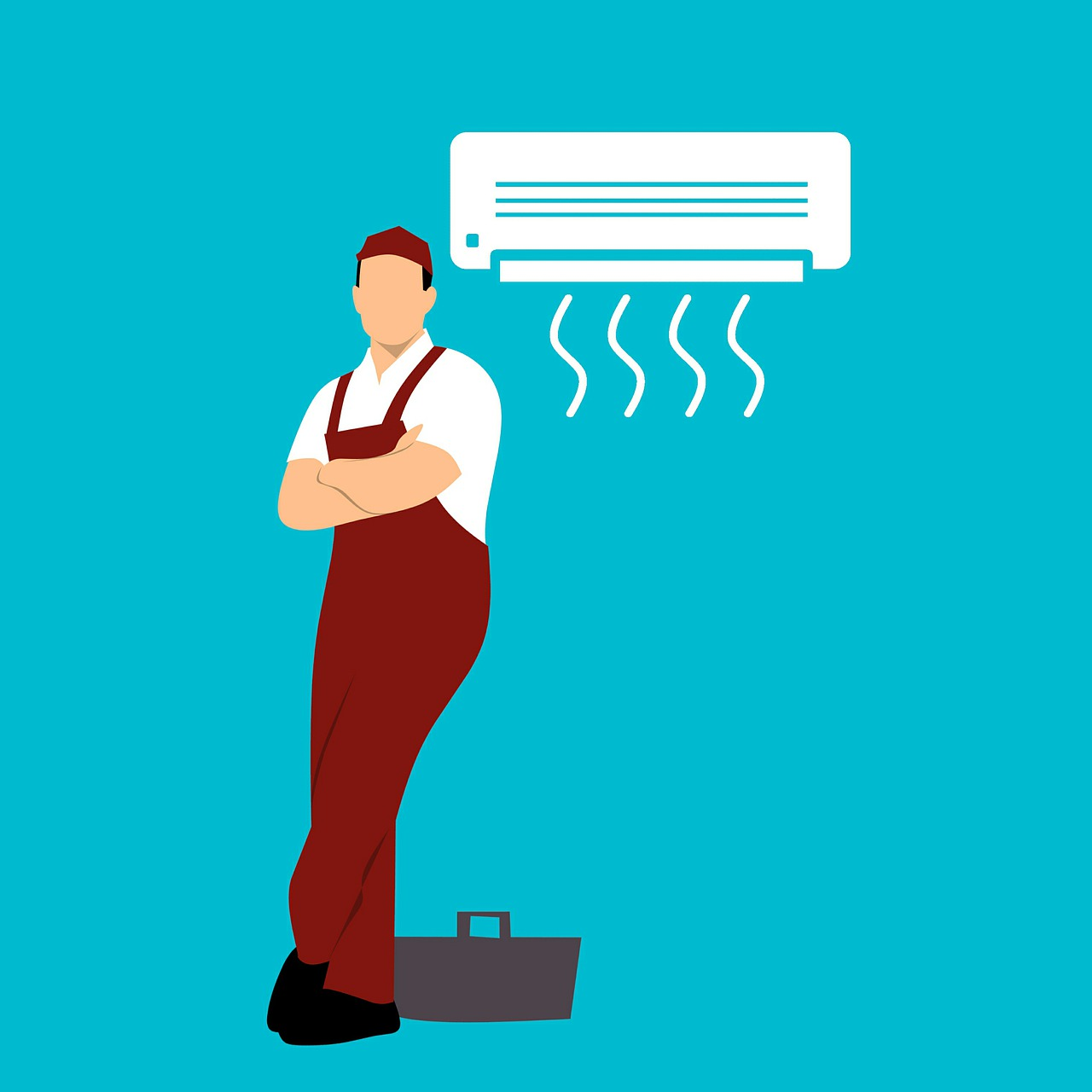
Due to the fact that the air conditioner is made up of sections, it is possible to build a variety of system configurations based on specific conditions and requirements.
Constant access to fresh air is a key necessity to ensure comfortable living and working conditions.
Well-functioning ventilation and air conditioning system is necessary not only for offices and living quarters – it is an effective means to combat humid and stale air in warehouses and other technical facilities, where it is necessary to establish a supply of fresh air.
Frequent situations are when companies who installed the equipment are engaged in its maintenance. The main disadvantage of such a service is the fact that such maintenance is aimed not at preventing failures, but at their elimination, without focusing on preventive measures.
Read Also:
The result of the failure of elements of the ventilation and air conditioning system is a gradual but inevitable deterioration of the climate inside the building, resulting in dissatisfied customers, spoiled products, and other troubles.
- The quality of indoor air can be judged by the following indicators:
- The air in the room is evenly and efficiently distributed;
- The outside air intake duct is located away from possible sources of mold;
- The flue gasses are discharged vertically into the atmosphere, and the exhaust stack is located away from the outdoor air intake duct;
- Duct lining is provided only for large ventilation chambers and central air intake ducts;
- Filter frames, fan capacity, and fan automation further enhance the performance of high-efficiency filters.
If you follow the regulations, the ventilation system of buildings is subject to inspection twice a year, cleaning, and disinfection once a year. In fact, this is what annual maintenance of ventilation systems is all about.
During the work, all air ducts, ventilation units, and filtering elements are inspected, and the bacteriological safety of the system is checked.
Maintenance of Ventilation Systems
The air conditioner is a filter that cleans the air we breathe. Therefore, your well-being, mood, and comfort indoors depend on the serviceability of this device.
Quality service and maintenance of air conditioners greatly extend the life of the devices, and thus it saves your money on the purchase of expensive new HVAC in Houston equipment.
You should entrust service and repair of climate control equipment only to professionals. After all, a shoddy approach to work can not guarantee you a long term trouble-free operation of the equipment.
- Maintenance of ventilation and air conditioning systems:
- Inspection and preventive maintenance of ventilation and air conditioning equipment.
- Routine maintenance of equipment.
- Monitoring of system parameters using modern instrumentation.
- Seasonal adjustments of the systems and equipment.
- Maintenance of the equipment.
Exhaust systems located in kitchens and food production facilities, where grease deposits accumulate on the walls, are subject to more frequent maintenance.
Depending on the hazard class and the rate of buildup, cleaning operations are performed monthly, quarterly, or semi-annually. Fat deposits are easily flammable, so their timely removal must be taken extremely seriously.


